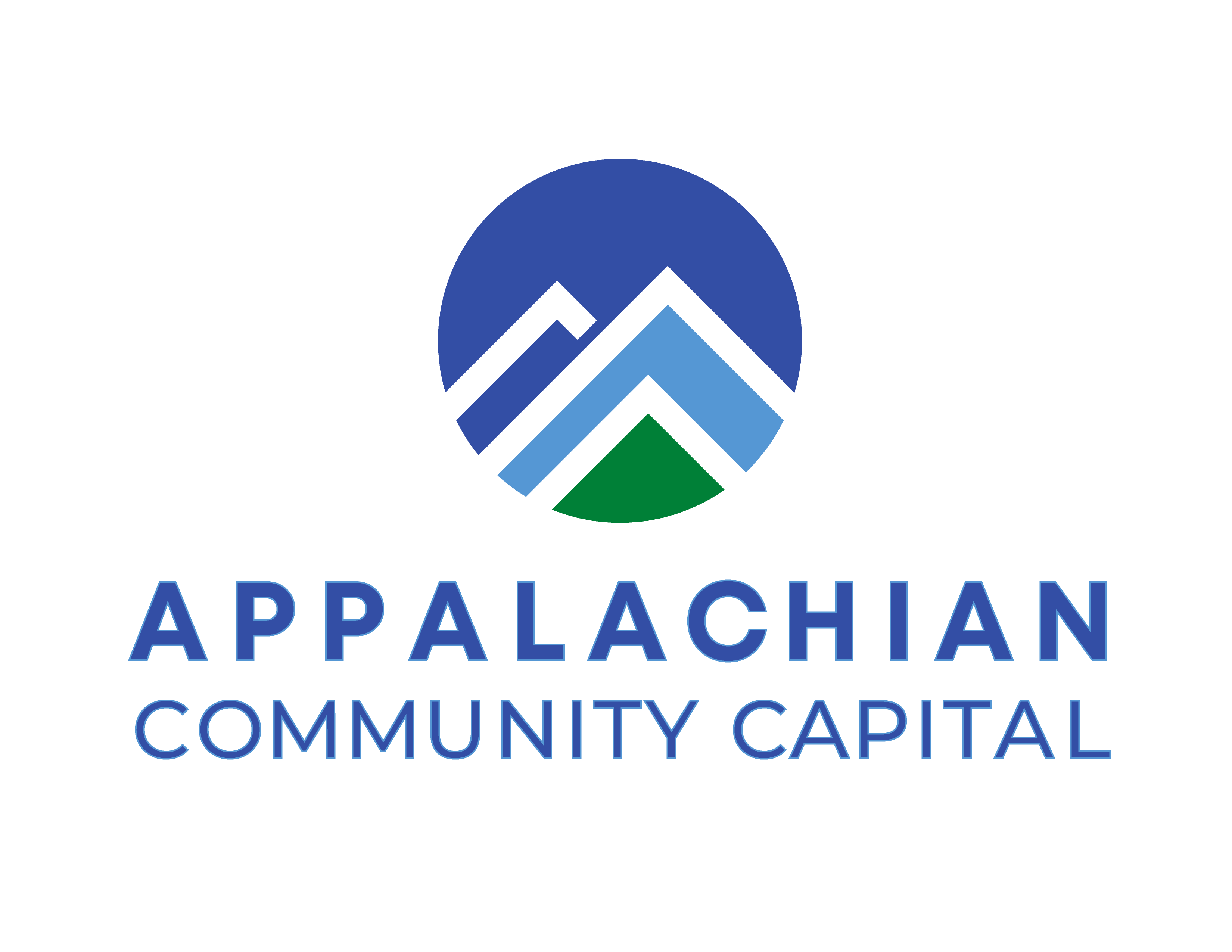Donna Gambrell, Appalachian Community Capital, Ray Daffner, Opportunity Appalachia
For Opportunity Exchange
May 17, 2021
At Opportunity Appalachia, we are working with a group of 16 projects in rural Central Appalachia (OH, VA, and WV) to provide technical assistance and structure financings with social and financial returns, bringing new investment and jobs to hard hit rural communities in federally designated Opportunity Zones.
After a year-long effort to provide design and architectural support, complete market assessments, develop business plans and prospectus, and facilitate investor introductions, 7 projects have identified financing sources and are anticipated to close on +$100M in 2021-22, creating more than 745 jobs in coal-impacted communities. An additional 6 projects are likely to be financed later in 2022 at +$140M resulting in the creation of +270 quality jobs. As part of our efforts to maximize impact, many of these jobs target persons in recovery from substance abuse in our Appalachian coal communities.
These projects were drawn from a group of 42 applicants, and were selected for participation based on factors such as level of community support, anticipated community impact, and sponsor capacity. In all cases, the selected projects were missing critical components required to move forward, but all had substantial promise to transform their communities.
Participating communities include places like Chillicothe, Ohio (population 21,700), Galax Virginia (pop 6,700), and Grafton, West Virginia (pop. 5,000) – promising places overlooked by conventional financial institutions. The participating projects support manufacturing facilities, downtown development, tech business, agricultural facilities, hotels / housing, broadband deployment, and retail enterprises, and are particularly important at this challenging time as local economies look to restart as public health concerns resolve.
To advance these local efforts we assembled project technical assistance (TA) teams that worked with each community to address identified gaps. The teams were composed of local, regional, and national TA providers, and included market research groups, state-wide architectural and engineering firms, regional CDFIs for financial structuring support, specialized consulting groups focused on select industries (broadband, recreation, agriculture …), and leading national development organizations (e.g. National Development Council).
In addition, Main Street America (a preeminent national downtown development organization) and Coastal Enterprises Inc (a prominent national rural development CDFI) served on our program Steering Committee as national partners, providing invaluable guidance throughout the process.
As we undertook our TA work, we outreached to over 40 private investors and federal and state agencies, facilitating investor access that was otherwise unavailable to our rural projects. Presentation of pre-vetted projects to specific investors with a strategic fit, and providing highly visible access across multiple platforms – e.g. the Federal Reserve Bank Investment Connection, Opportunity Exchange, CDFA, and our Opportunity Appalachia sponsored Investor Convening pitch event – were important to successfully reach, and create credibility with, the investor community. As a result, participating projects have identified financing from a diverse range of sources including OZ QOFs, NMTC CDEs, HTC investors, CDFIs, banks, and federal agencies.
Some lessons learned include:
1. Stay close to the community – our program Steering Committee is composed of leading development groups in the target states with strong local relationships, which were essential to both assess local capacity, and to address challenges as projects progressed.
2. Investor participation is a full contact sport – Our ongoing outreach, institutional partnerships, and vetted portfolio provided both visibility and credibility for projects in rural communities often overlooked by the investor community.
3. Fill the gap – We worked with a group of 40 for-profit and non-profit TA providers through an RFQ process to support high quality multi-disciplinary teams to address the identified needs required to move each project forward.
4. Rethink / re-strategize when needed – when several projects hit roadblocks, we worked with communities and their TA teams to rethink the opportunity, which sometimes resulted in projects with additional sources of equity (e.g. NMTC), or downsized and phased projects that better fit available cash flows.
5. Focus on impact – when in doubt, keep the eye on the goal; transformative projects that catalyze change in low wealth communities. Using impact as our north star enabled decision making that cost effectively used / reprogrammed our resources – and identified additional resources – for maximum community benefit.
More information on Opportunity Appalachia is available at https://appalachiancommunitycapitalcdfi.org/oa-program/
View Opportunity Appalachia projects at https://www.theopportunityexchange.com/OppAp/profile/
Opportunity Appalachia is a Forbes Opportunity Zone 20 Catalyst, which denotes a top national example of community-focused efforts to revitalize distressed communities. Opportunity Appalachia is supported by a $1MM POWER grant from the Appalachian Regional Commission with additional support from the Benedum Foundation, and is managed by Appalachian Community Capital, a 24-member CDFI intermediary whose members and their affiliates manage over $1 billion in assets supporting economic development in Appalachia.



